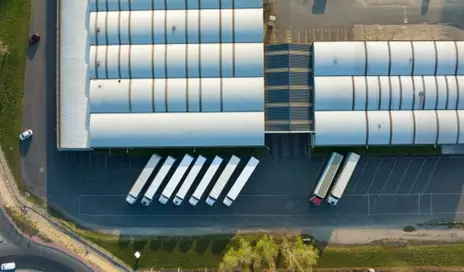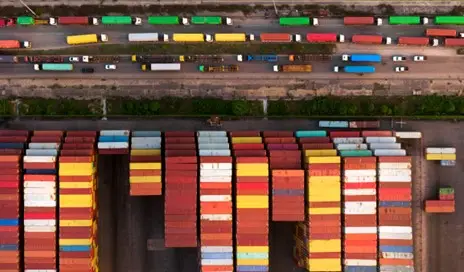In today's competitive business landscape, supply chain automation has become imperative for maximizing efficiency across various facets of operations. From warehouse automation, which optimizes storage and movement of goods using advanced technology like robotic pickers and conveyors, to inventory automation, simplifying stock management through software and precision tracking, these automations streamline processes, reduce errors, and enhance productivity. Back-office automation further enhances efficiency by automating administrative tasks, minimizing manual errors, and enabling better resource allocation. Meanwhile, transport and logistics automation optimizes delivery networks, reduces delivery times, and enhances supply chain visibility using technologies like GPS tracking and route optimization software. Embracing these automation technologies is crucial for organizations to stay competitive, achieve cost savings, and deliver superior customer service in today's dynamic market environment.
Maximizing Efficiency: Exploring 4 Types of Supply Chain Automation
Warehouse Automation: Streamlining Operations for Enhanced Productivity
Warehouse automation utilizes cutting-edge technology to optimize storage, retrieval, and movement of goods within a facility. Automated systems such as robotic pickers and conveyors help in reducing human error and increasing efficiency. By automating warehouse processes, businesses can significantly enhance their operational capacity and meet consumer demands swiftly.

Inventory Automation: Simplifying Stock Management with Precision
Inventory automation involves the use of software and technology to monitor stock levels, track inventory movements, and streamline order fulfillment processes. By implementing automated inventory systems, companies can prevent stockouts, minimize excess inventory, and improve overall inventory accuracy. This ensures seamless operations and improved customer satisfaction.
Back-Office Automation: Enhancing Administrative Functions for Seamless Operations
Back-office automation focuses on automating administrative tasks such as data entry, invoicing, and document management. By leveraging automation tools, organizations can eliminate manual errors, reduce processing times, and enhance overall efficiency. Automated back-office processes enable employees to focus on strategic tasks, leading to increased productivity and better decision-making.
Transport & Logistics Automation: Optimizing Delivery and Distribution Networks
Transport and logistics automation involve the use of technology to streamline transportation operations, optimize route planning, and enhance delivery tracking. Automated systems like GPS tracking and route optimization software help in reducing delivery times, minimizing fuel consumption, and improving overall supply chain visibility. By automating transport and logistics processes, companies can achieve cost savings and enhance customer satisfaction.

In conclusion, supply chain automation plays a crucial role in modernizing and optimizing business operations. By leveraging warehouse automation, inventory automation, back-office automation, and transport and logistics automation, organizations can achieve heightened efficiency, cost savings, and improved customer service. Embracing automation technologies is key to staying competitive in today's fast-paced business environment.
Let’s start a conversation









